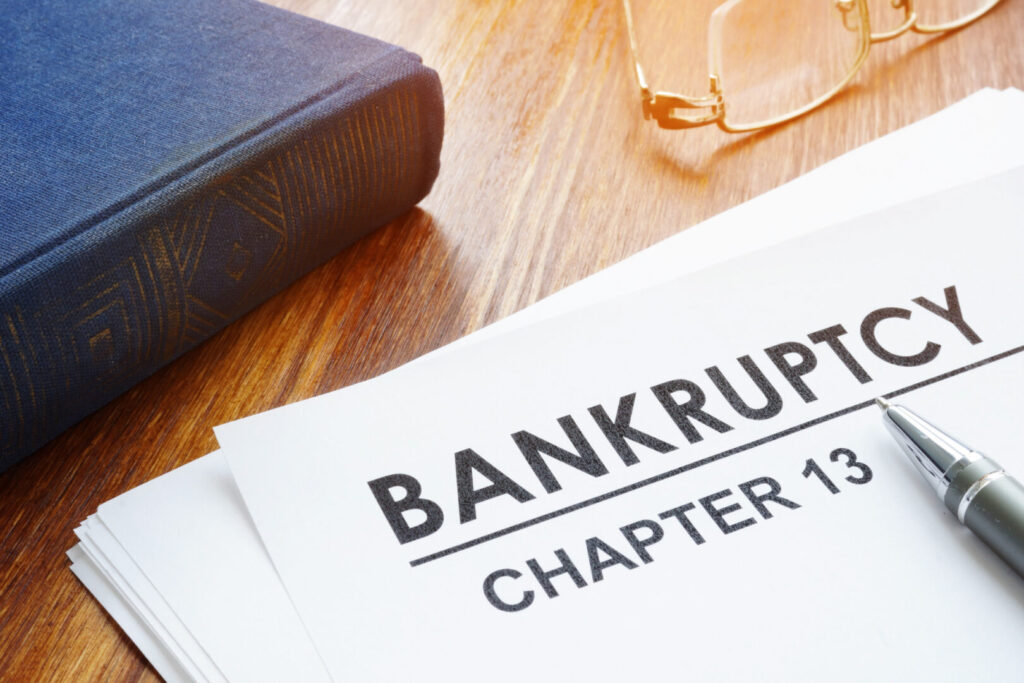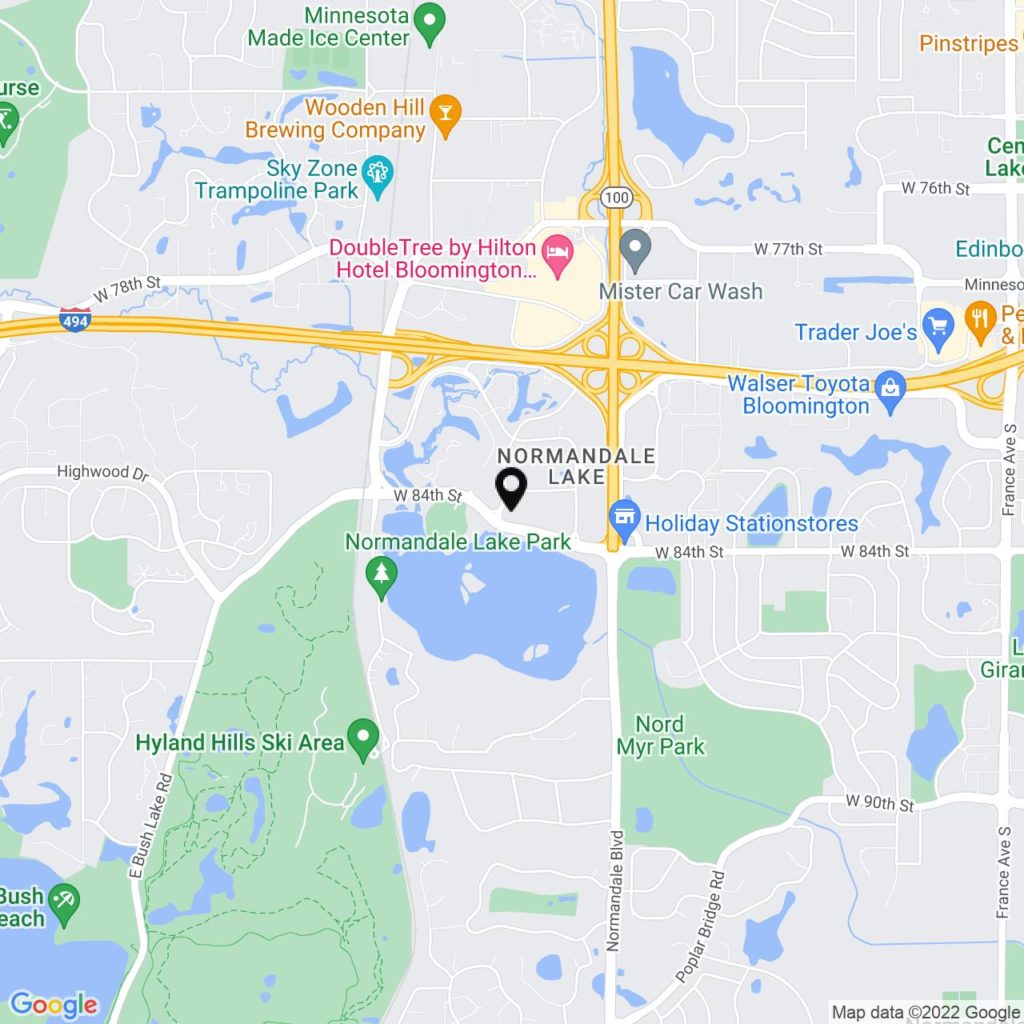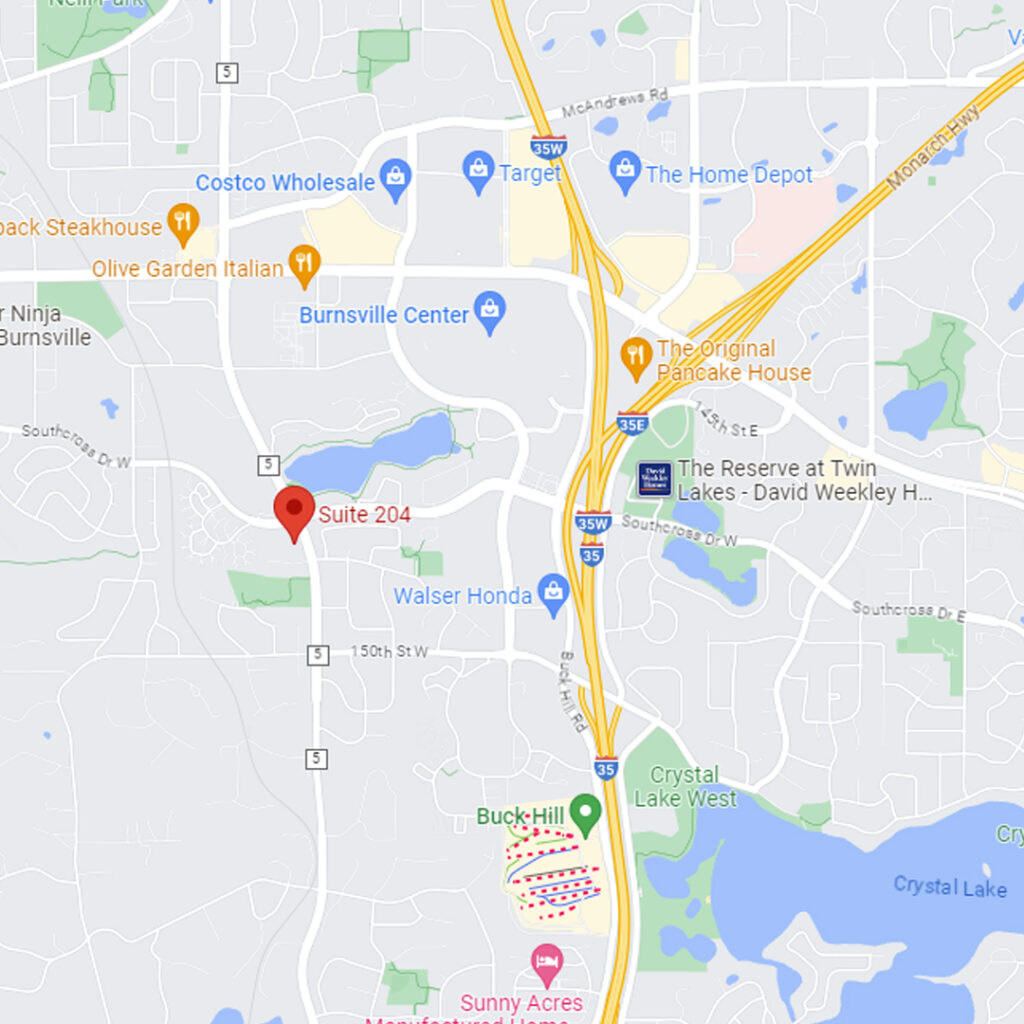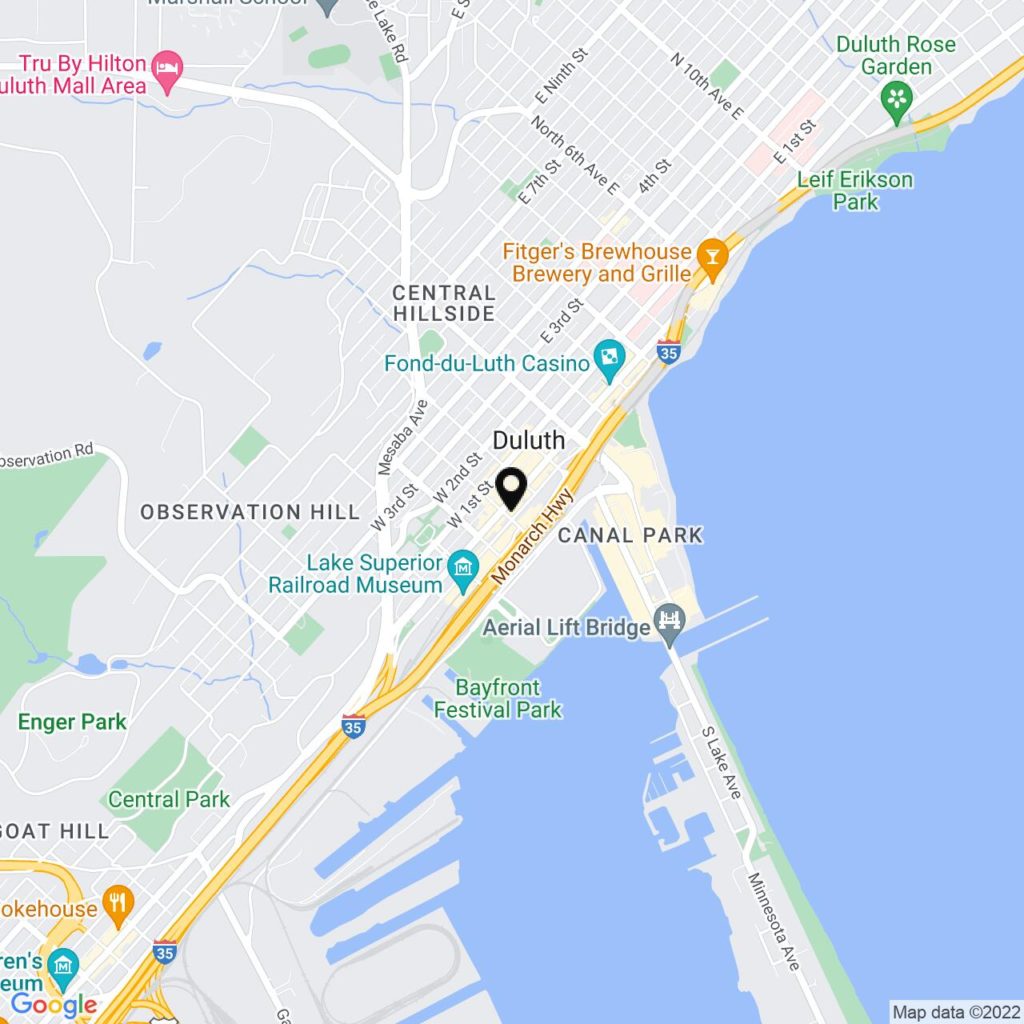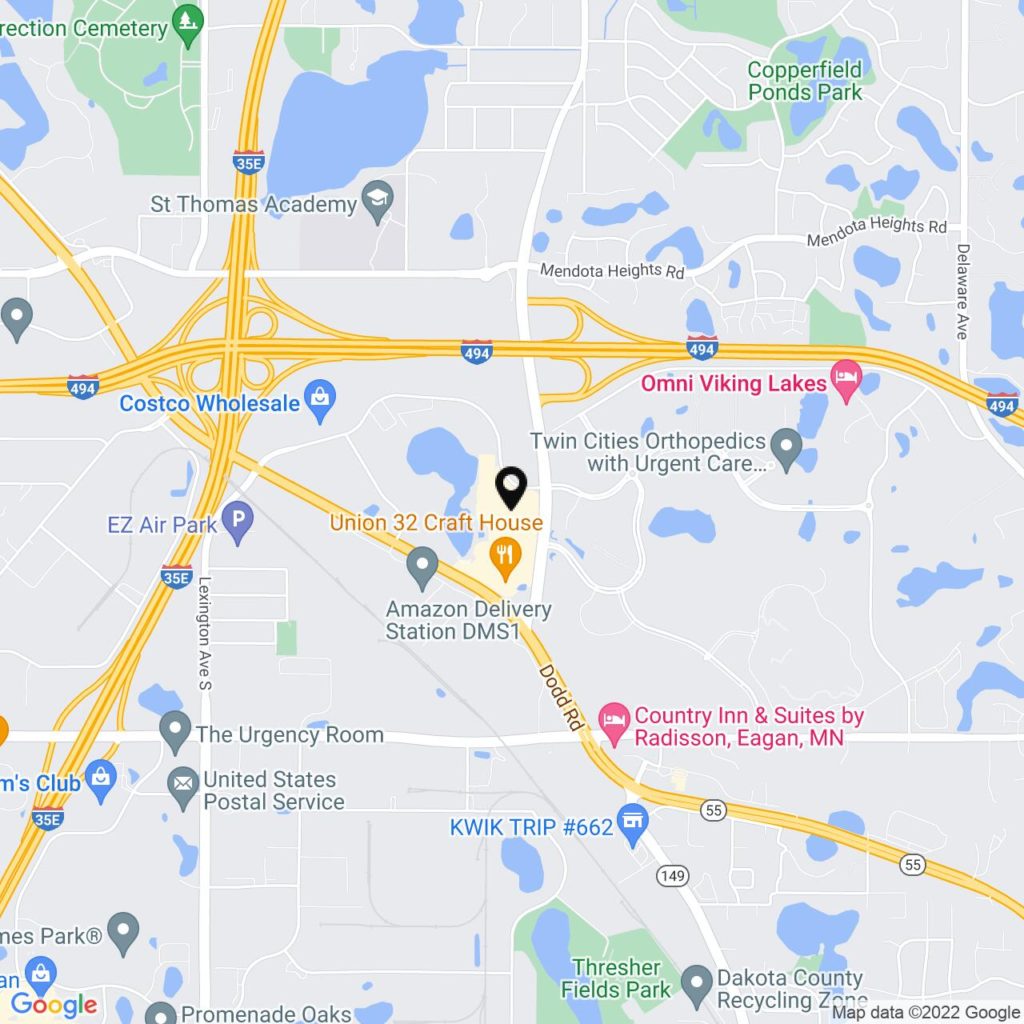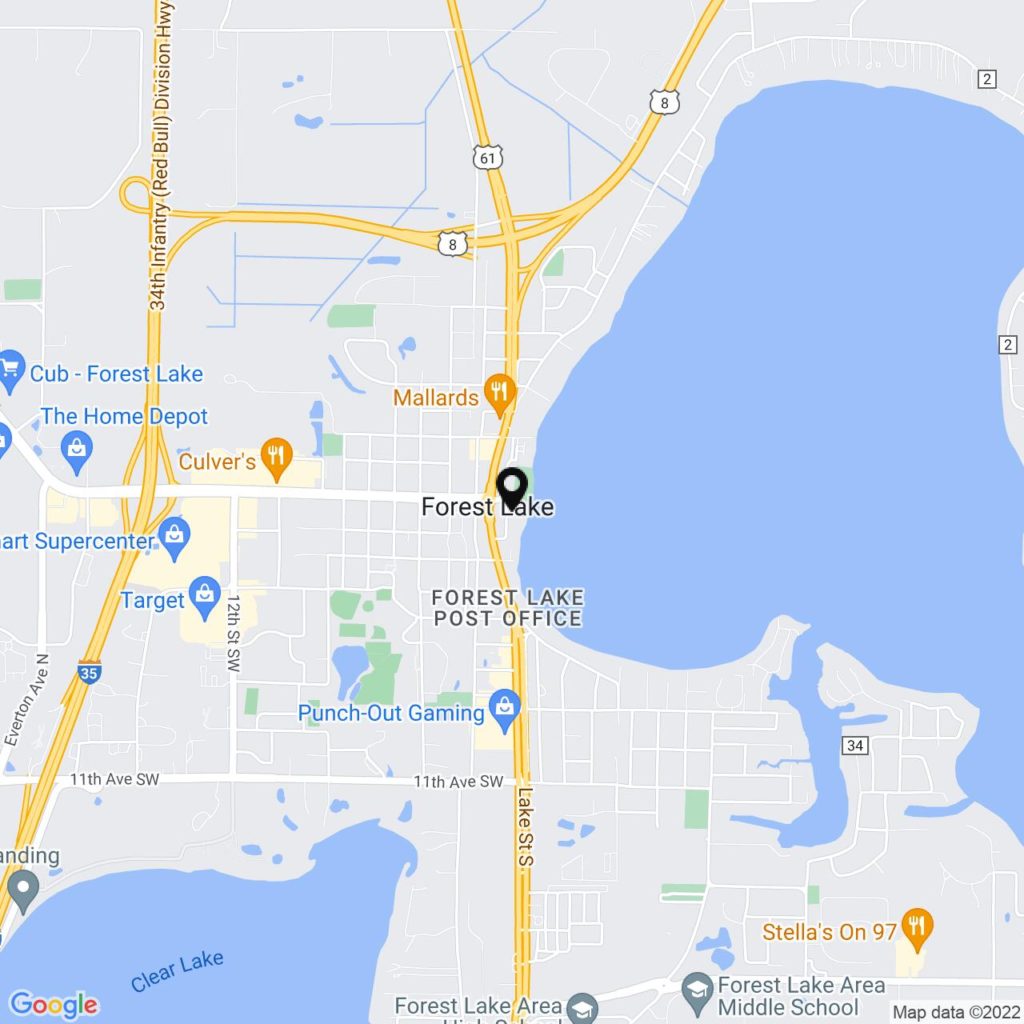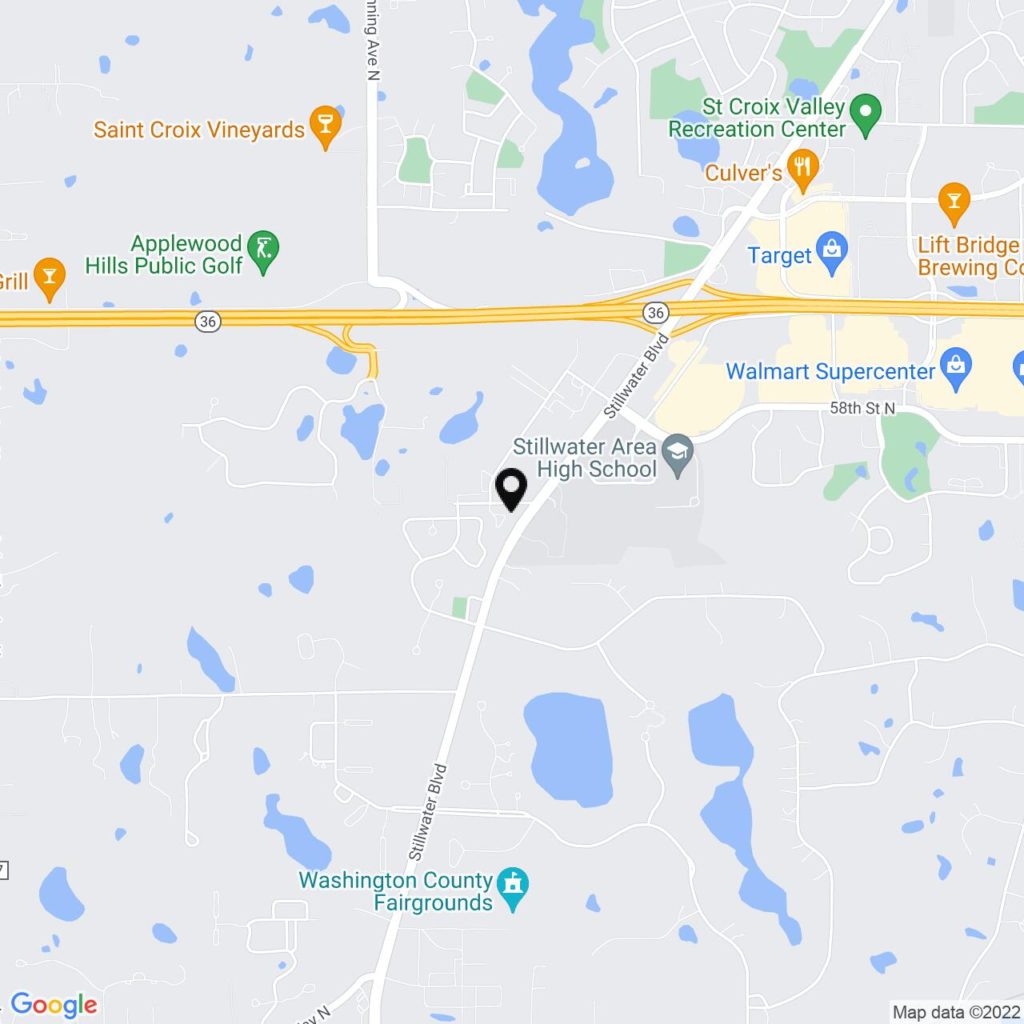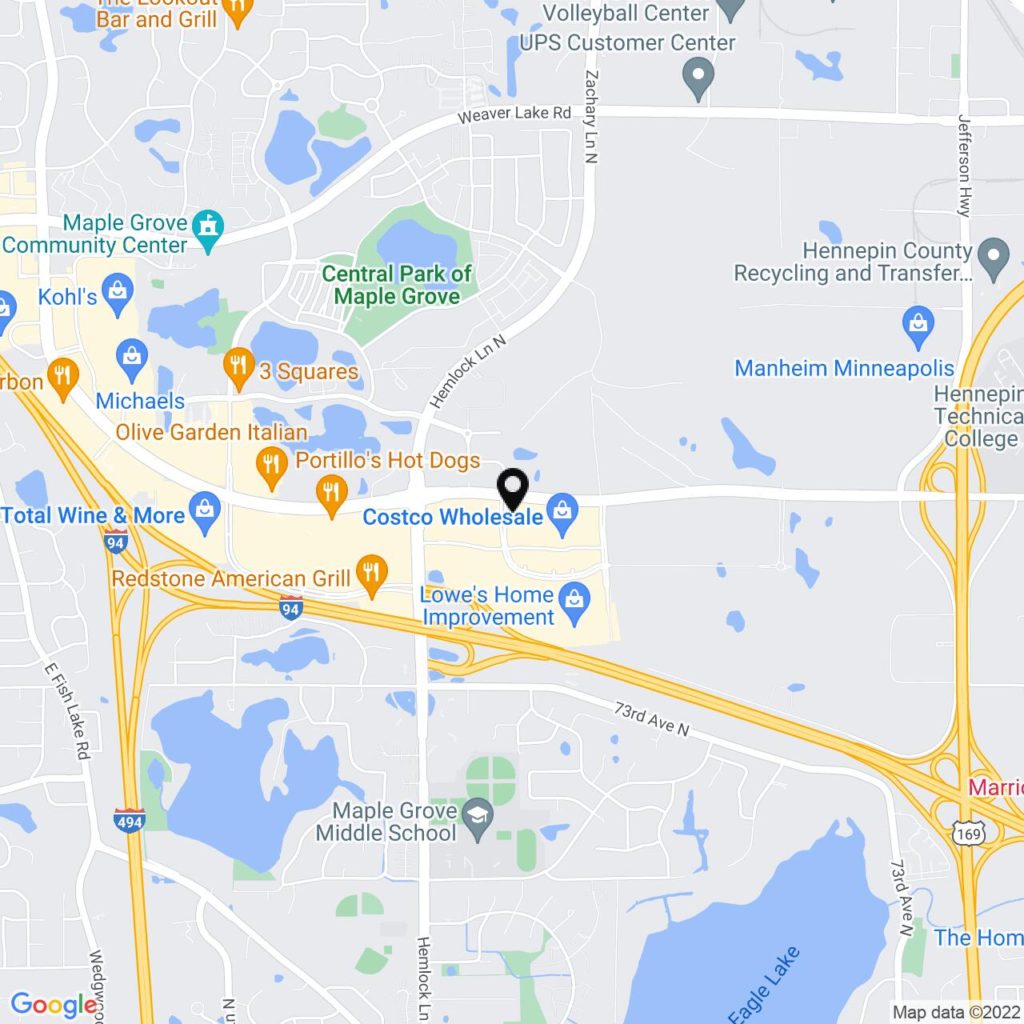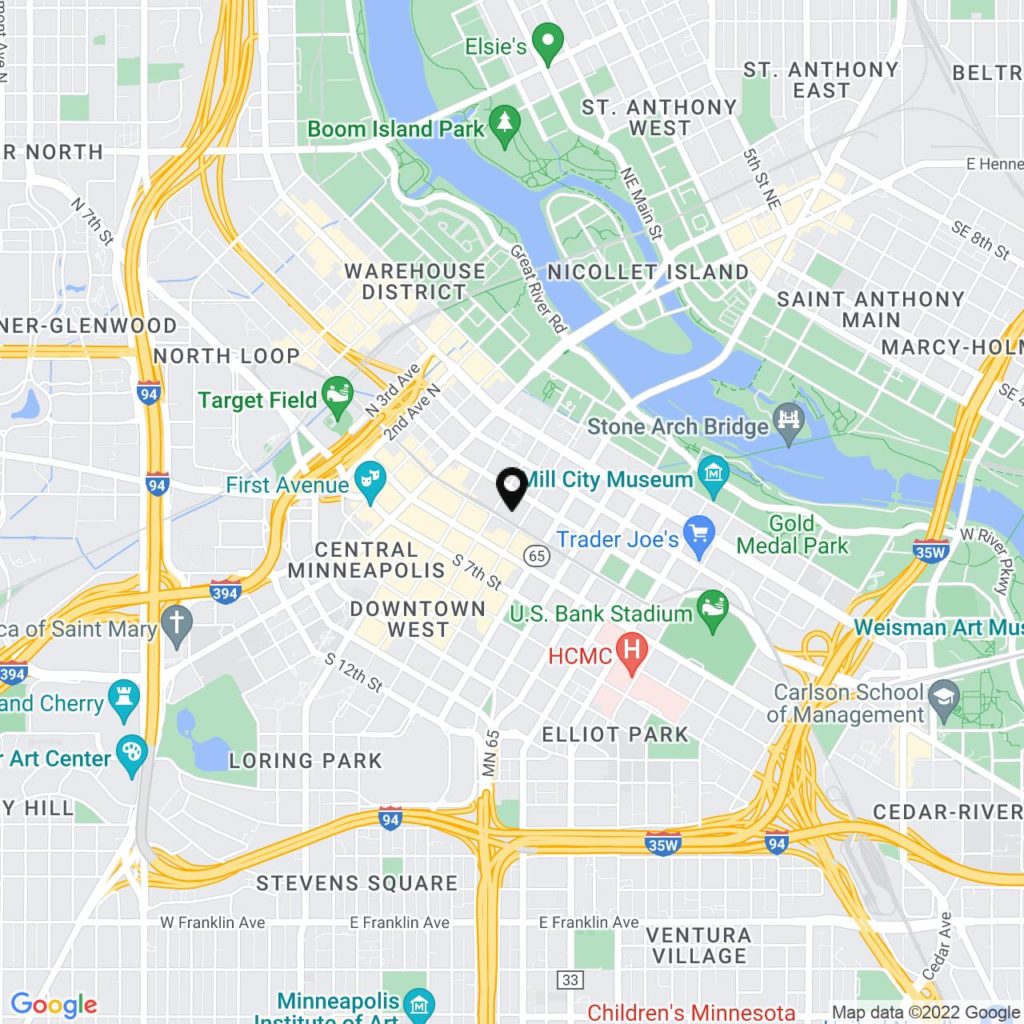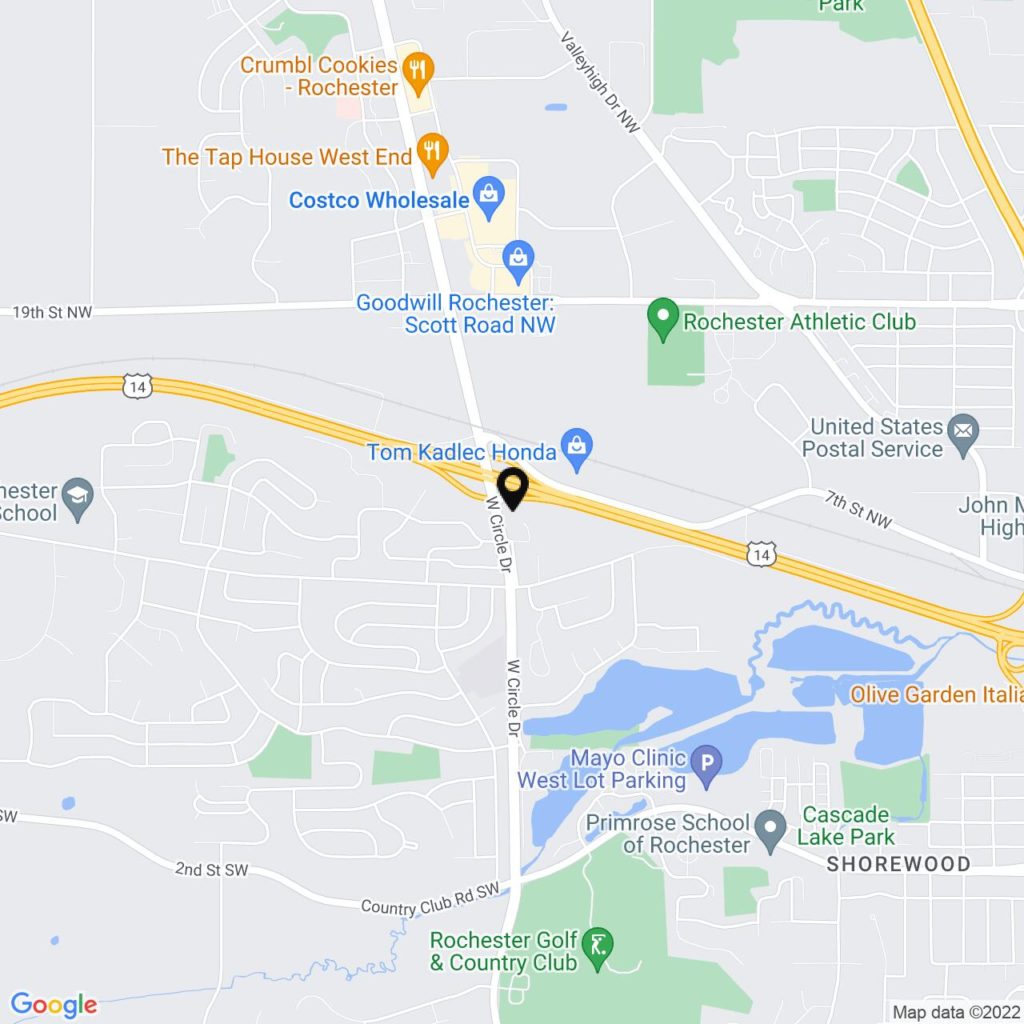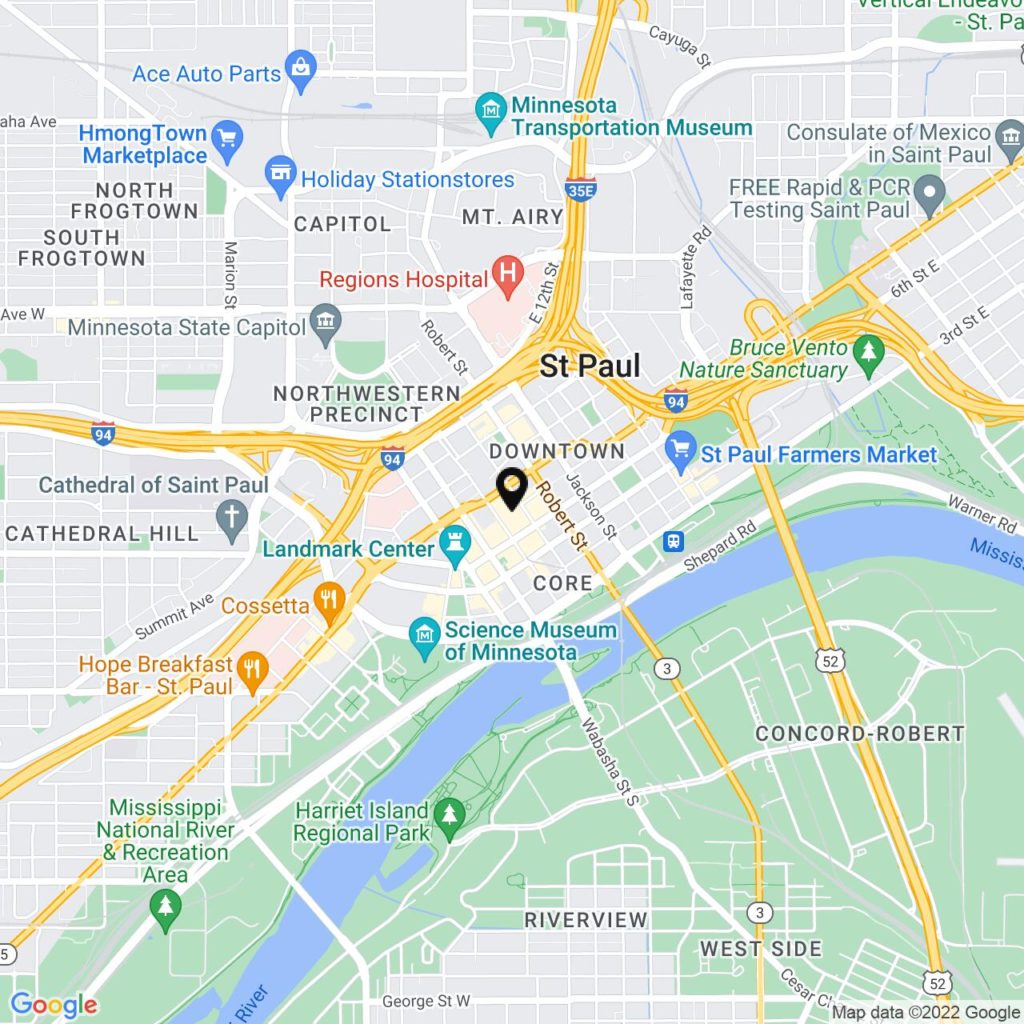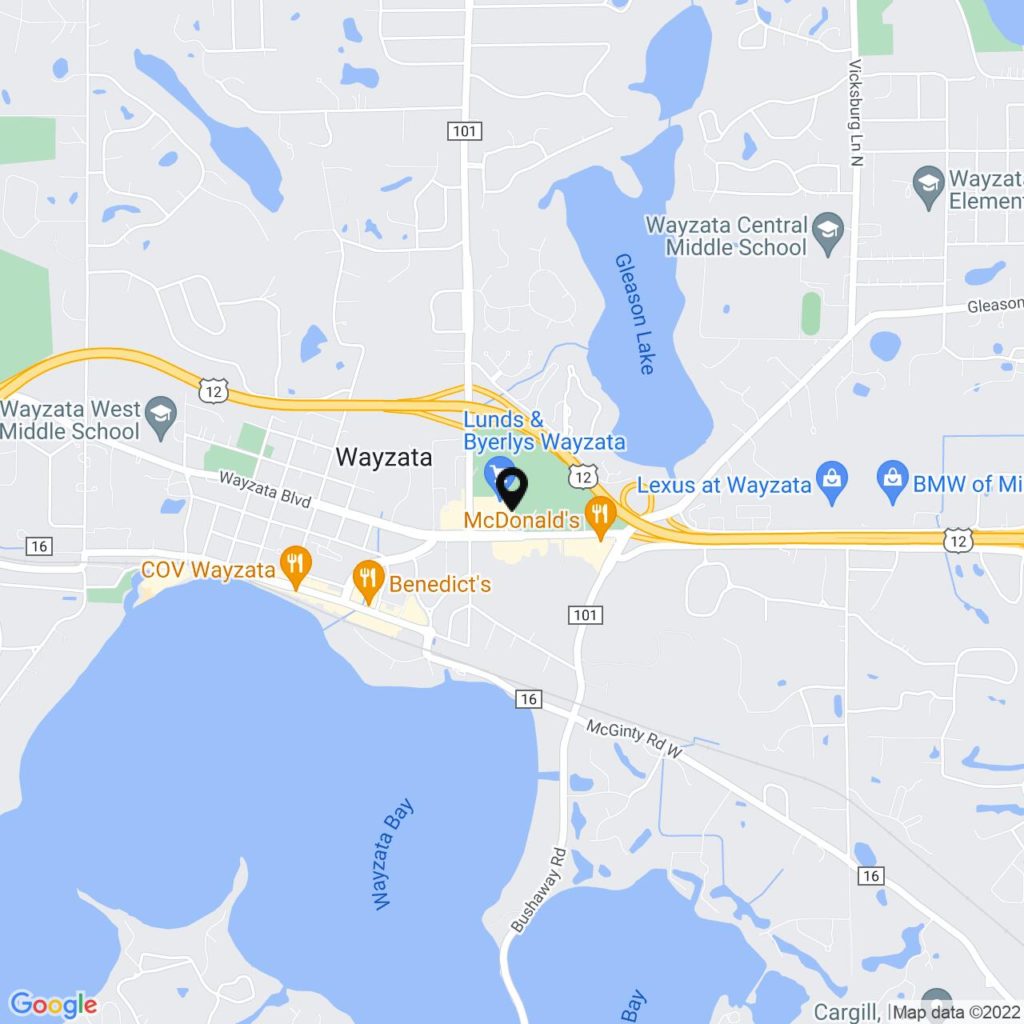Get a comprehensive (yet simplified) overview of Chapter 13 bankruptcy. Contact our attorneys for bankruptcy counseling and legal services.
Did you know that people who file for Chapter 13 bankruptcy might be able to save their homes from foreclosure?
Financial distress can be a daunting and stressful experience. As the weight of debt continues to mount, it can leave you feeling trapped, unsure of where to turn for relief.
If you’re a Minnesota resident considering bankruptcy, Chapter 13 may be the lifeline you need to regain control over your finances and secure a fresh start.
This form of bankruptcy, often referred to as a “wage earner’s plan,” provides individuals with a structured repayment plan designed to help them pay off their debts over a three to five-year period.
In this comprehensive guide, we will delve into the Chapter 13 bankruptcy process in Minnesota. Keep reading if you want to find out more.
Chapter 7 vs Chapter 13 Bankruptcy
Understanding the differences between these two options is crucial for making the best decision. Chapter 7 bankruptcy allows you to eliminate most of your unsecured debts. This includes credit card bills and medical expenses.
In contrast, Chapter 13 bankruptcy provides you with a repayment plan to pay off your debts over a three to five-year period. This option is often favored by those who can make monthly payments toward their debts.
In Chapter 7, you may have to sell some of your property to pay off your creditors. However, Chapter 13 allows you to keep your assets while repaying your debts.
It is essential to consult with family law attorneys specializing in bankruptcy to determine which option is best suited for your needs.
How to Calculate Plan Payments in Minnesota
Your monthly plan payment will be based on your disposable income—the amount left after paying necessary living expenses.
To calculate this amount, you will need to consider your income, your secured and unsecured debts, and your monthly expenses. Your plan payments will be distributed among your creditors.
This guarantees that they receive a fair share of your available income.
Means Testing
This test determines whether your income is low enough to qualify for debt relief under Chapter 7 or if you have enough disposable income to make payments under a Chapter 13 repayment plan.
The means test compares your income to the median income for a household of the same size in Minnesota.
If your income falls below the median, you may qualify for Chapter 7. However, if your income exceeds the median, you will likely need to consider Chapter 13.
The Chapter 13 Bankruptcy Process
There are good reasons why people choose to file for Chapter 13 bankruptcy in Minnesota. But can be challenging to know where to start. Here are the most important steps that you will need to follow.
Assess Your Financial Situation
The first step in the bankruptcy process is to thoroughly evaluate your financial situation. Determine the extent of your debt, and consider the benefits of filing for bankruptcy in comparison to other debt-relief options.
This initial assessment will provide a foundation for making informed decisions.
Choose the Right Bankruptcy Chapter
Bankruptcy law offers several options for individuals seeking debt relief. Chapter 7 bankruptcy, often referred to as “liquidation,” allows for the discharge of most unsecured debts.
Chapter 13 bankruptcy provides a repayment plan to pay off debts over a three to five-year period. Consult with legal services to determine which option is best suited for your financial situation.
Complete a Credit Counseling Course
Before filing for bankruptcy, you are required to complete a credit counseling course. This course will educate you about bankruptcy and alternative options.
This will help you understand the impact of your decision on your financial future.
Prepare Your Bankruptcy Petition
With the help of legal services, compile all necessary documentation to file your bankruptcy case.
This includes a list of all your assets, debts, income, and expenses. You will also need to compile any required forms and schedules. Accurate and complete information is crucial to ensure a smooth process.
File Your Bankruptcy Petition
Once your bankruptcy petition is prepared, it must be filed with the appropriate bankruptcy court in Minnesota. Filing fees will apply. And you may be eligible for a waiver or installment plan if you meet certain criteria.
Upon filing, an automatic stay will go into effect. This will temporarily halt any collection actions against you.
Attend the Meeting of Creditors
Approximately one month after filing your bankruptcy case, you will be required to attend a meeting of creditors.
This is an opportunity for your creditors and the bankruptcy trustee to ask questions about your financial situation. They will also want to find out more about the information provided in your bankruptcy petition.
Complete a Debtor Education Course
Before your debts can be discharged or your repayment plan confirmed, you must complete a debtor education course. This course will teach you about personal financial management.
You will also learn about strategies for avoiding future financial difficulties.
Receive Your Discharge or Confirmation
In a Chapter 7 bankruptcy, you will receive a discharge of eligible debts once the court approves your case.
For a Chapter 13 bankruptcy, the court will confirm your repayment plan. You will begin making payments according to the agreed-upon schedule.
Understanding the Chapter 13 Bankruptcy Process
It is easier to understand the Chapter 13 bankruptcy process than many people realize.
Before taking action, take time to familiarize yourself with the differences between Chapter 13 and Chapter 7 bankruptcy. You will then need to prepare and file your bankruptcy petition.
Are you ready to file for bankruptcy? If so, keep in mind that Johnson Turner can help you.
We have powerful legal knowledge and are skilled advocates. Additionally, we always charge flat fees for firm services, not hourly rates. Don’t hesitate to contact us to get started today!








